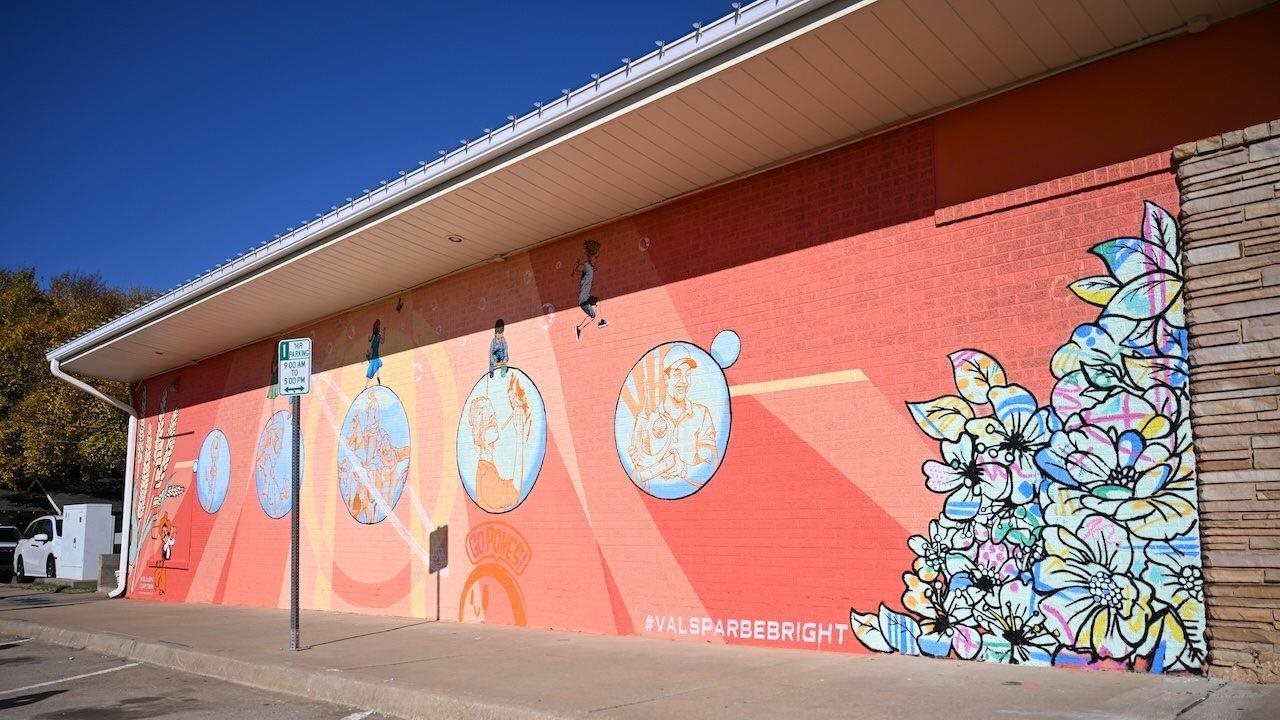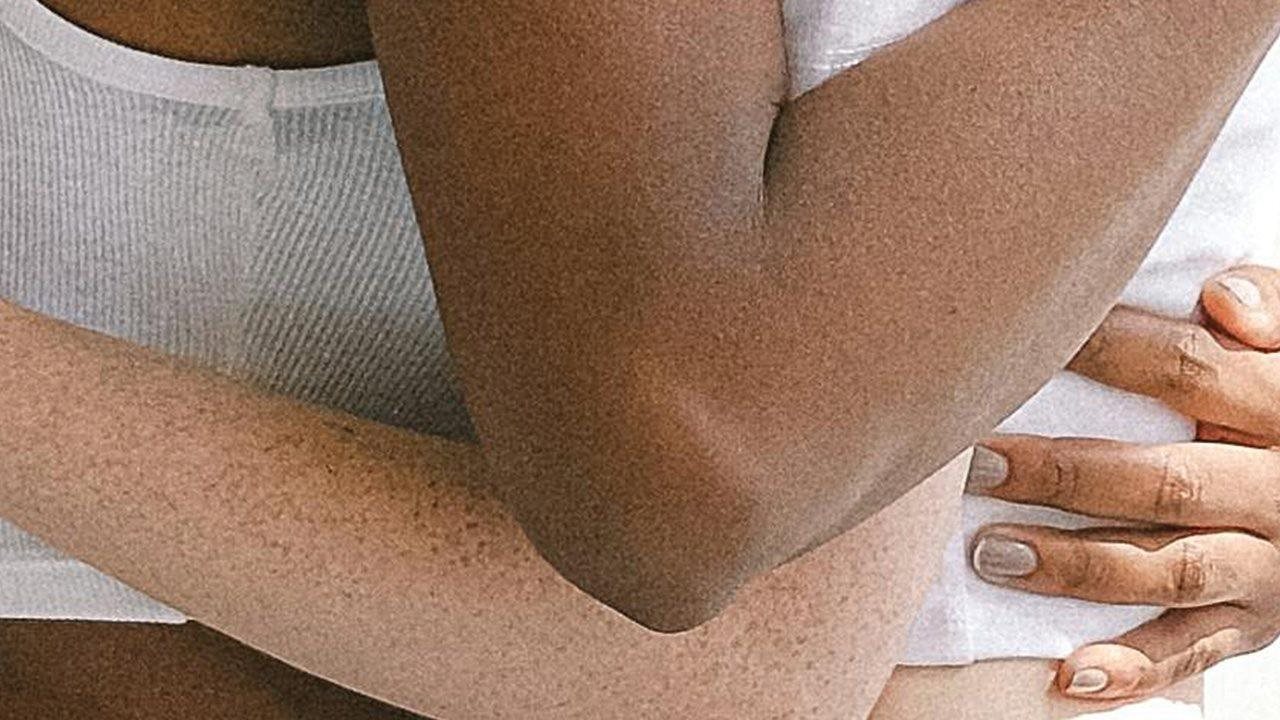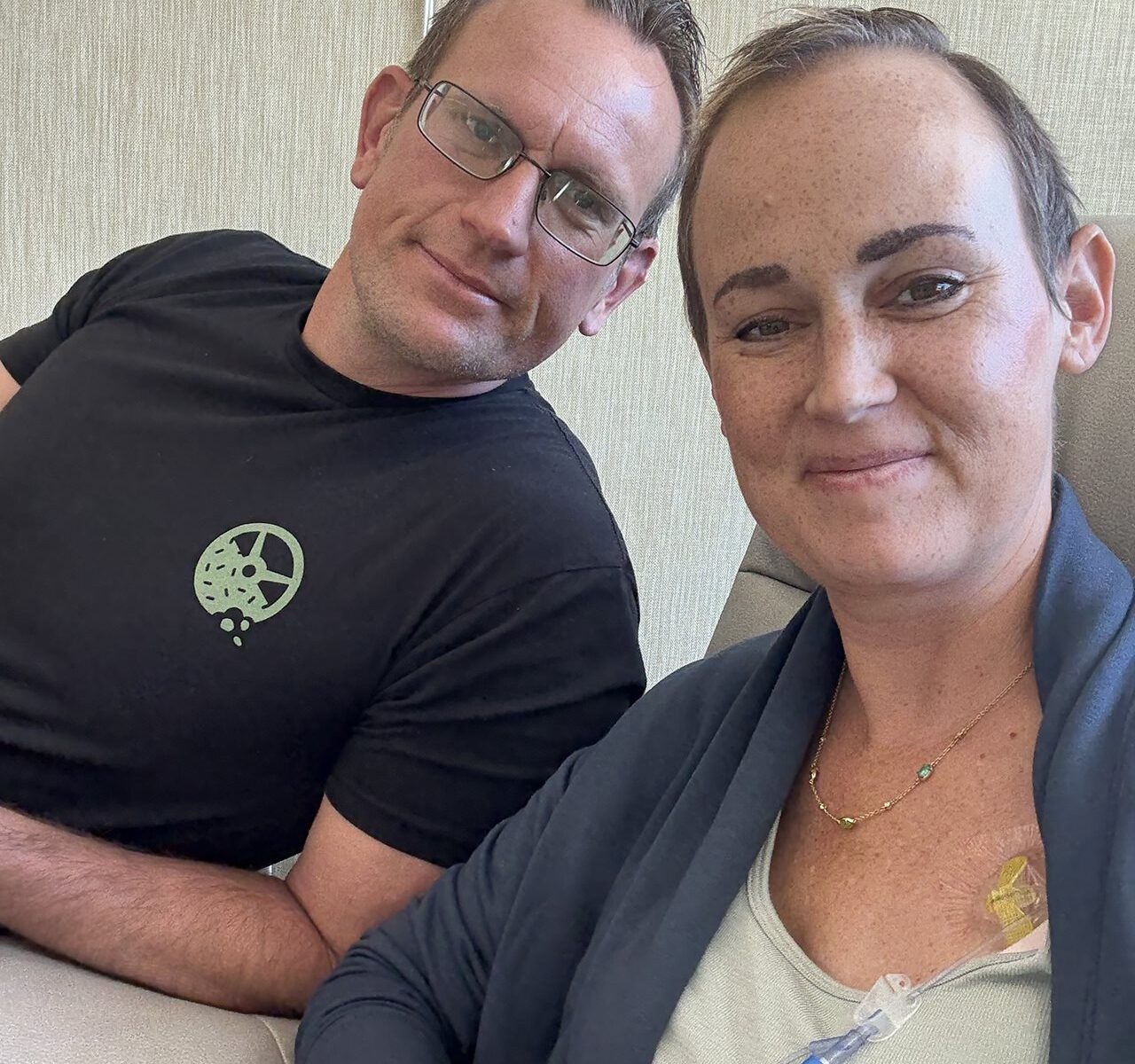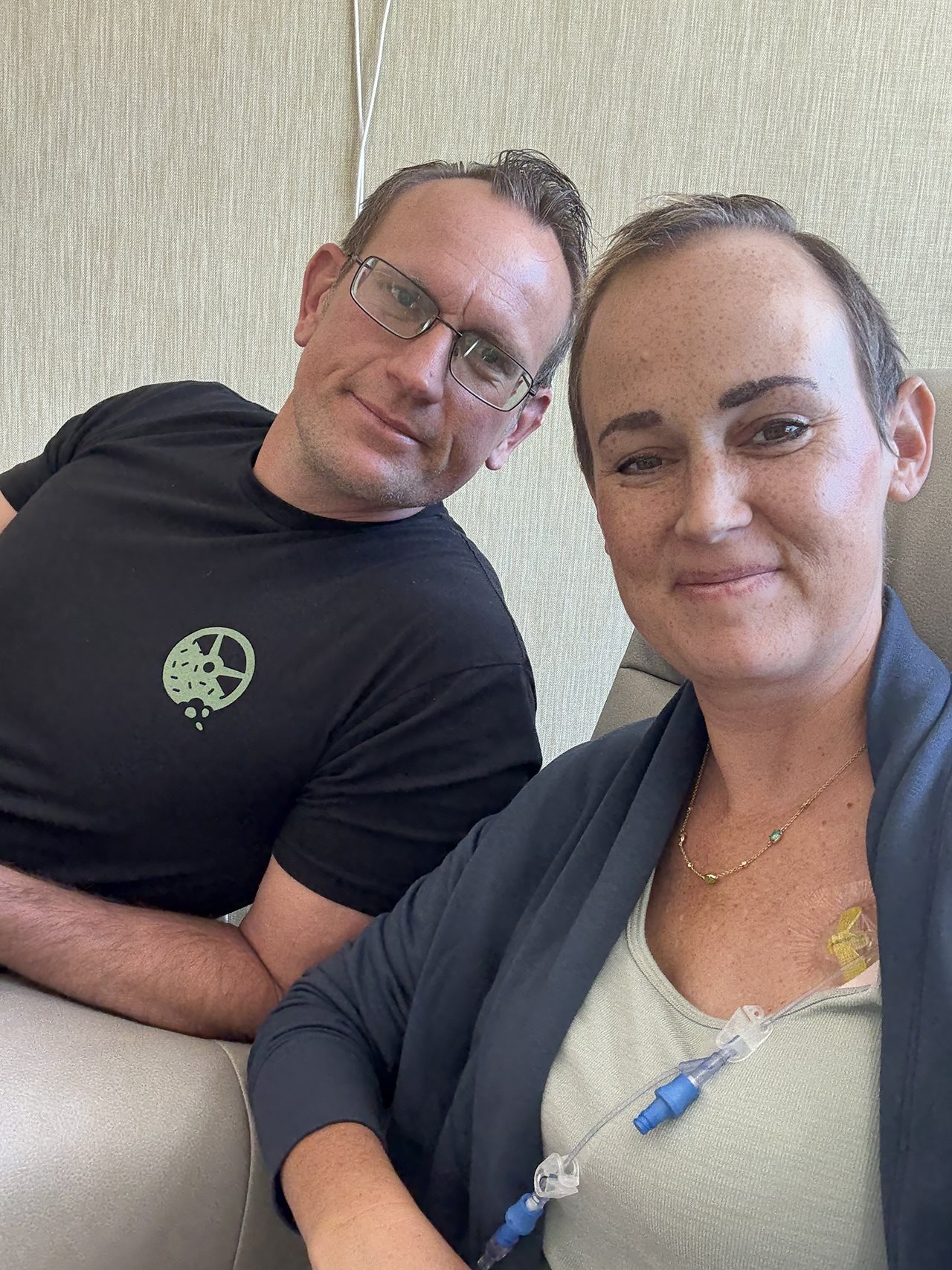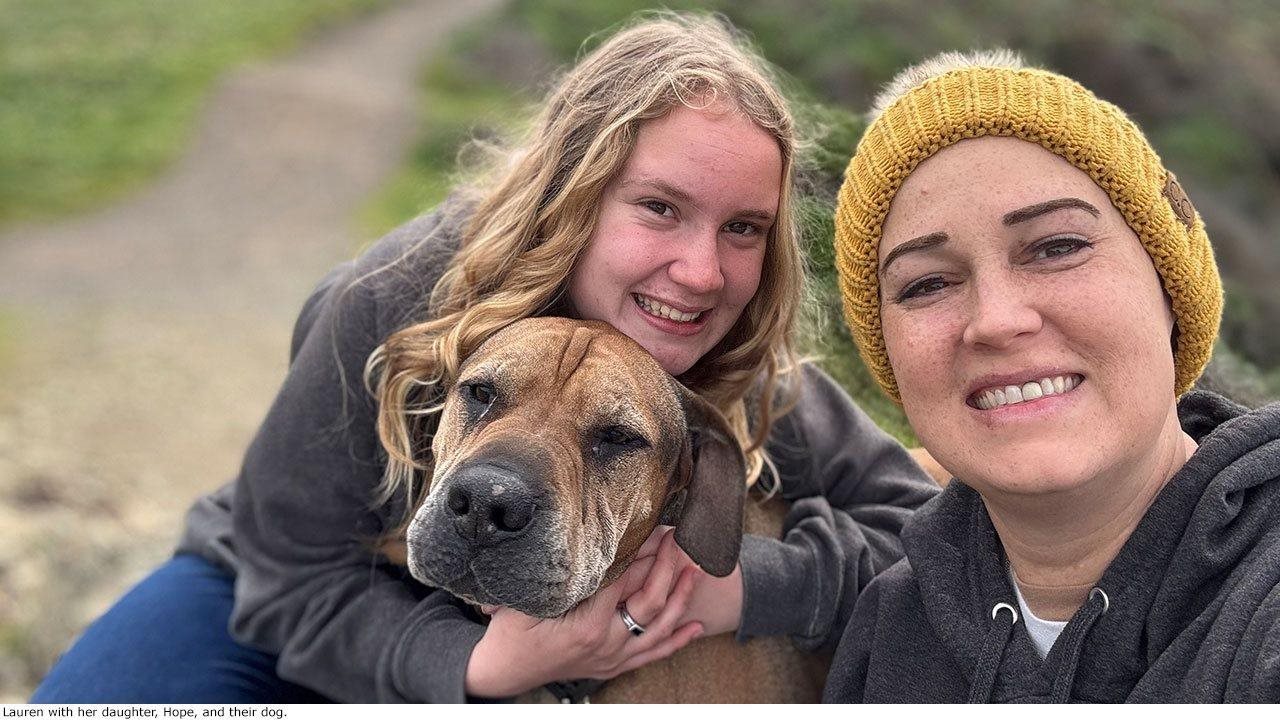2025-11-07T16:01:01
(BPT) – The United States’ top athletes are aiming to secure their spot on Team USA for the 2026 Winter Olympics. This group includes 15 Soldier-athletes and coaches from the U.S. Army’s World Class Athlete Program (WCAP), which allows Soldiers to train and compete at the Olympic level while serving in the Army.
Since 1948, the U.S. Army has sent more than 600 Soldier-athletes to the Summer, Winter and Paralympic Games, earning more than 120 medals across a variety of sports and disciplines, and the Army hopes to build on this success in Italy.
While these hopeful Soldier-athletes have different backgrounds and experiences, they apply the same teamwork, discipline and resiliency to compete at the highest level, serving their country in more ways than one. Here are some of their stories:
• Staff Sgt. Deedra Irwin pursues a historic Olympic return
Biathlon athlete and Vermont Army National Guard Soldier Staff Sgt. Deedra Irwin is preparing to make her return to the Olympic stage after a historic seventh-place finish in the 15-kilometer individual event at the 2022 Beijing Games, the highest ever for an American in this event.
Staff Sgt. Deedra Irwin hopes to bring the United States its first medal in biathlon at the 2026 Olympics
Originally a collegiate track runner, Irwin fell in love with the biathlon (a combination of cross-country skiing and precision rifle shooting) in 2017. Irwin not only has to train for speed and endurance, but she also uses breathwork and visualization to help calm her heart rate and successfully shoot her targets, which can be as small as a golf ball.
Eager to continue competing at an elite level, Irwin enlisted in the Vermont Army National Guard in 2019 as a Human Resources Specialist and a member of WCAP. In this role, she could pursue one of the Army’s many career paths, and had access to the elite coaching, resources and support the Army provides its Soldier-athletes. Now, with her sights set on Milano Cortina, Irwin is determined to bring home the United States’ first medal in biathlon.
• Three-time Olympian Lt. Col. Chris Fogt leads Team USA
Lt. Col. Chris Fogt’s journey from three-time Olympian to head coach of Team USA Bobsled is a testament to his dedication to his sport and service. As an active-duty Soldier, Fogt is leading the athletes as they prepare for the bobsled competition at the 2026 Games.
As an Olympic silver medalist in the 4-man bobsled event, Lt. Col. Chris Fogt is now using his experience to lead Team USA as head coach.
While competing as a collegiate track athlete, Fogt discovered the opportunity to serve his country and pursue his Olympic dreams through the Army and WCAP. His Olympic debut in 2010 was marked by a crash while in medal contention, but he used the experience as motivation, working tirelessly over the next four years — even maintaining focus during a deployment as an Intelligence Officer. His perseverance paid off at the 2014 Winter Games, where he won a Silver Medal in the four-man bobsled event.
Fogt has represented Team USA at three total Olympics and earned six national team selections. Now he applies the same mental toughness, adaptability and flexibility he learned from his Army missions to prepare his bobsledders to handle pressure at the highest level.
• What is Spc. Bradley Nicol’s secret weapon? Mental resilience.
Utah Army National Guard Soldier Spc. Bradley Nicol relies heavily on mental readiness techniques to prepare for the intense speed and force he experiences in the high-speed event of skeleton. He uses visualization to mentally rehearse each run, picturing and moving to the turns of the track before pushing off, which helps him build confidence and anticipate challenges at high speeds. Nicol also practices mindfulness to manage the adrenaline and nerves that come with racing downhill at nearly 90mph, focusing on deep breathing and staying present in the moment.
To prepare for the high-speeds and sharp turns of skeleton, Spc. Bradley Nicol uses visualization techniques to mentally rehearse before a run.
For athletes preparing to compete in the Olympics, building mental resilience is as important as being physically prepared. Whether completing a mission in the field or competing internationally on the world stage, every Army Soldier has access to force-wide initiatives like the Army’s Holistic Health and Fitness (H2F) system, which provides resources, education and expert guidance to the physical, nutritional, mental, sleep and spiritual health of Soldiers.
Drawing on lessons from Army Basic Training, the stability and structure provided by the Army have allowed Nicol to establish routines and develop a mental approach that strengthens his athletic and personal life. Combining these mental strategies with his physical training, Nicol can face each race with courage and focus as he pursues his Olympic dream.
• Sgt. Frank Del Duca and Cpl. Hakeem Abdul-Saboor are battle buddies in service and on the track
While many winter sports are individual pursuits, the Army offers a strong sense of teamwork and support that helps Soldier-athletes reach their highest potential. Bobsledders and active-duty Soldiers Sgt. Frank Del Duca and Cpl. Hakeem Abdul-Saboor share a friendship built through years of training, competing and serving together.
Through their mutual Army service and competition experience, Sgt. Frank Del Duca (pictured) and Cpl. Hakeem Abdul-Saboor have become trusted battle buddies on and off the track.
Abdul-Saboor — a two-time Olympian and former basketball, football and track star — had no intention of competing in bobsled and only discovered the sport after a strength coach recognized his natural athletic ability. Del Duca — a 2022 Olympian — developed an early love for winter sports by competing in downhill slalom and giant slalom skiing in high school, transitioning to bobsled in 2015. Abdul-Saboor and Del Duca attended the same rookie camps and joined the Army in 2019 to continue pursuing the sport.
They competed together in the two-man and four-man bobsled events at the 2022 Beijing Games, and although they hoped for a higher finish, the experience strengthened their bond and inspired them to come back stronger. With the goal of getting on the podium this year, their journey demonstrates how the Army can foster deep camaraderie and lifelong friendship, turning competitors into trusted teammates on and off the track.
• Pvt. Spencer Howe battles back from injury
WCAP Soldier-athletes draw upon their Army training to overcome challenges and adversity, including battling through injuries, as they pursue their Olympic goals.
Pvt. Spencer Howe hopes to represent the United States and the U.S. Army on the world stage in pair figure skating after battling back from a shoulder injury.
As the Army’s only competitor in pair figure skating, active-duty Soldier Pvt. Spencer Howe has demonstrated remarkable resilience throughout his competitive journey. After earning a historic fifth-place finish at the 2023 International Skating Union World Championship in Osaka, Japan, Howe underwent shoulder surgery and faced a long recovery period filled with extensive physical therapy.
During his recovery, he learned about WCAP and the training resources and career opportunities for the Soldier-athletes who compete on behalf of the Army. He enlisted as a Motor Transport Operator, and credits the Army with instilling discipline, mental toughness and a renewed sense of pride in his sport and his service as he aims to make his Olympic debut. In addition to his competition goals, Howe is pursuing a degree in theology at Grand Canyon University and hopes to eventually continue his service as an Army Chaplain.
• Spc. Azaria Hill hopes to continue her family’s Olympic tradition
Active-duty Soldier and bobsled competitor Spc. Azaria Hill’s Olympic dreams are not just a competitive goal, but a family legacy.
Spc. Azaria Hill is aiming to make her Olympic debut at the 2026 Games, following in her parents’ footsteps as Olympians in track and field and boxing.
Hill comes from a family of Olympians. Her mother, Denean Howard Hill, won four Olympic medals in track and field for the United States. Her father, Virgil Hill Sr., won a silver medal in boxing at the Olympics, became a five-time World Champion, and is a member of the International Boxing Hall of Fame. Hill became a collegiate track and field runner, with her eyes set on attending the Summer Olympics.
Hill ran throughout college, but became interested in bobsled, realizing that the event had many similarities to track and field, like requiring an explosive sprint at the beginning to maintain the speed of the sled. She proved herself to be a natural in the event and joined the Army in 2024 to continue her pursuit of competition, placing fourth at the 2024 World Championships in Winterberg, Germany, and third at the World Cup in Lillehammer, Norway. Although her path is different from what she originally planned, Hill hopes to make her Olympic debut with her family and the Army’s support.
The path to becoming an elite athlete is different for everyone, but the training, values and dedication it takes to be an Army Soldier translate directly to athletic success. Both require a desire for excellence, physical discipline, mental agility, training and teamwork. These attributes ensure the Soldier-athletes are prepared to perform well in any environment, including the Olympic stage.
Learn more about the U.S. Army’s Soldier-athletes and the possibilities of Army service at GoArmy.com.


